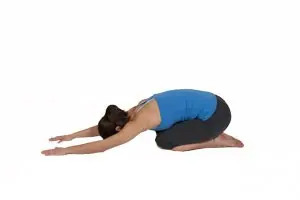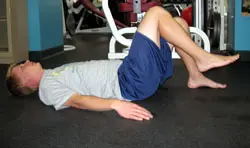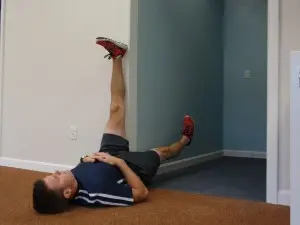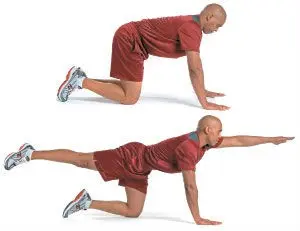What is spondylolisthesis?
Spondylolisthesis is a condition where one of the bones (vertebrate) of the spine slips out of place onto the bone below it. It usually occurs in the lower (lumbar) spine. If it slips too far, it can put pressure on the spinal cord or nerve roots causing back pain, numbness or weakness. In some cases, there is lower back pain or buttock pain that progresses into the legs with the muscles in your legs feeling tight or weak. If the vertebrate puts too much pressure on the spinal cord, this can lead to losing control of your bladder or bowels. If this occurs, you should see your doctor right away.
There are many causes of spondylolisthesis. Some of which include a defective joint that you may have had from birth (congenital), damage from an injury or trauma, stress fracture from overuse, or damage from arthritis. Spondylolisthesis also can affect children and teenagers involved in sports. Sports that can load the spine during back bending movements such as gymnastics, weight lifting, and blocking in football can cause stress fractures in the vertebrate resulting in spondylolisthesis. If too much slippage occurs, the vertebrate may pinch the nerves and may require surgery to correct. But you can stretch and strengthen the supporting muscles around the spine and possible avoid surgery. Here are five exercises you can do at home to improve your condition.
Child’s Pose

Start on all fours on the floor and slowly rock back onto your heels while stretching out your arms and lowering your head toward the floor. Make sure to keep your hips down and breathe in through the nose and out the mouth to relax the spine. Try to make yourself as low to the floor as possible. You should feel a stretch in the lower back. Hold for 5 seconds and repeat 10 times once a day.
Pelvic Tilt Leg March

Lay down on the floor with your knees bent and your feet flat on the floor. Tighten your stomach and flatten your back onto the floor. Imagine you are trying to squish something under your back. You can put your hand under the small of your back where you should feel your back flatten against your hand when tightening your stomach. Keep this tightened position of your stomach, slowly lift one foot up off the ground 3-4 inches, back down and repeat with other leg. Continue to keep your stomach tight, back flat against the floor and alternate lifting the legs. Make sure to breathe during this exercise and repeat 10 times each leg once a day.
Double Knees to Chest

Lay down on the floor with your knees bent and feet flat on the floor. Use your hands to grab both legs and pull your knees to your chest until you feel a stretch in the back. Hold 5 seconds and repeat 10 times once a day.
Wall Hamstring Stretch

Lay down on the floor and use a door way to place on leg up along the door jamb. Place the other leg through the door way on the floor. Make sure to keep your knee straight and toes pulled back. You should feel a stretch in the back of the leg. This stretch should be medium and never painful. Hold this position for 2 minutes and repeat on other leg one time a day.
Bird Dog

Start on the floor on all fours. Tighten your stomach and keep your back flat as you lift one arm and the opposite leg straight out. Hold this position for 3 seconds and keep your back as level as possible. Do not arch the back. Make sure to breathe during this exercise. Return back to all fours and then repeat 10 times with each side one time a day.
Spondylolisthesis can be a potentially serious condition, but regular stretching and strengthening of the spine and leg muscles can prevent further problems. Try these home exercises first, but contact us at 1-800-930-8803 if:
- Your back pain or stiffness does not go away
- You have pain in the thighs and buttocks that persists
- You have numbness and weakness in the legs


